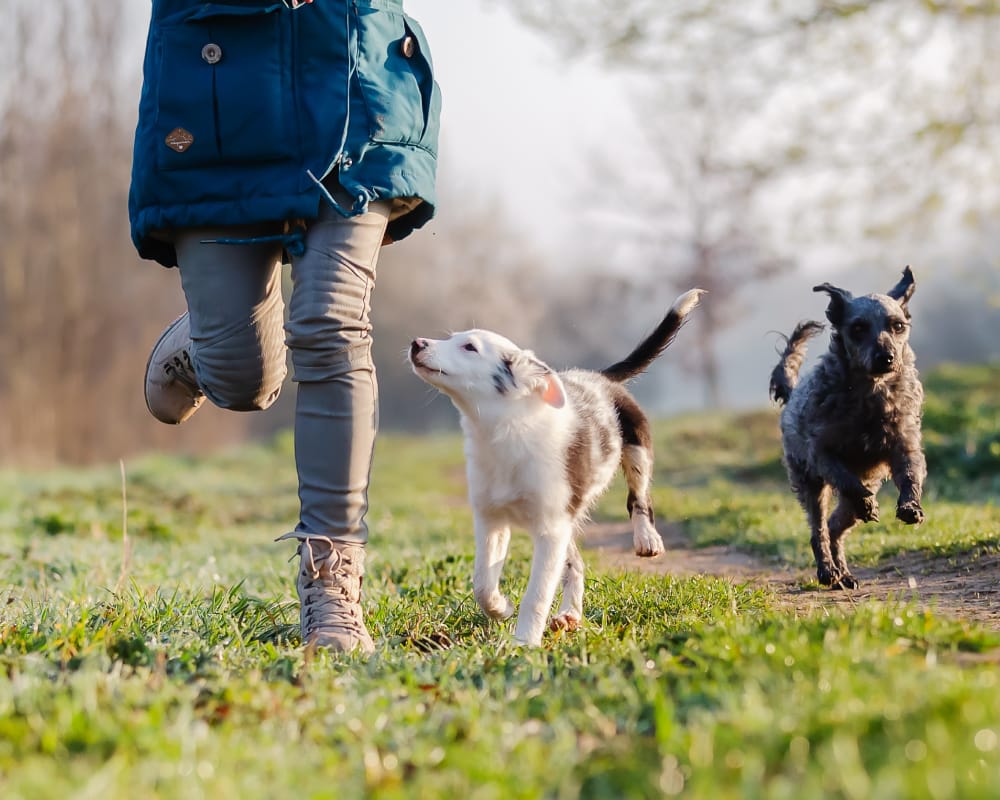What to watch for with patellar luxation in dogs?
Recognizing the symptoms early can prevent further joint damage. If your dog shows any of these signs, it might be time to consult with us.
-
Intermittent limping or skipping gait
-
Sudden lifting of a hind leg during movement
-
Difficulty standing up or reluctance to jump
-
Kneecap visibly shifting out of place
-
Audible popping or clicking of the knee
What happens if you don’t treat a luxating patella?
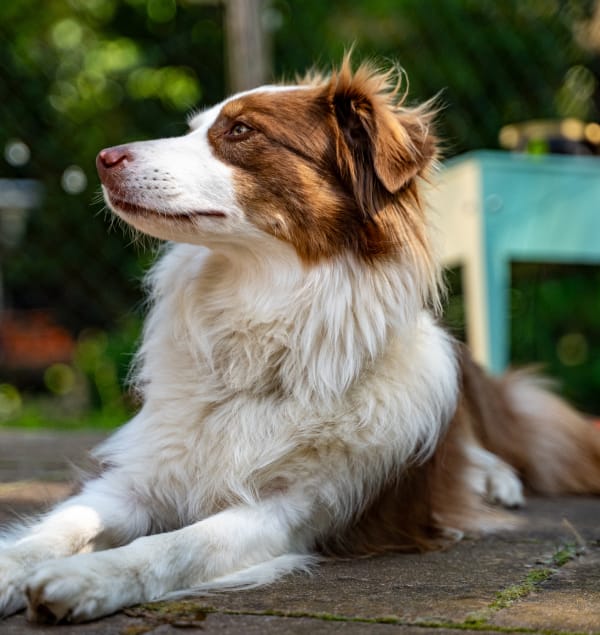
Patellar luxation doesn’t improve on its own.
Without surgery, the kneecap continues to slip, causing joint irritation and long-term damage.
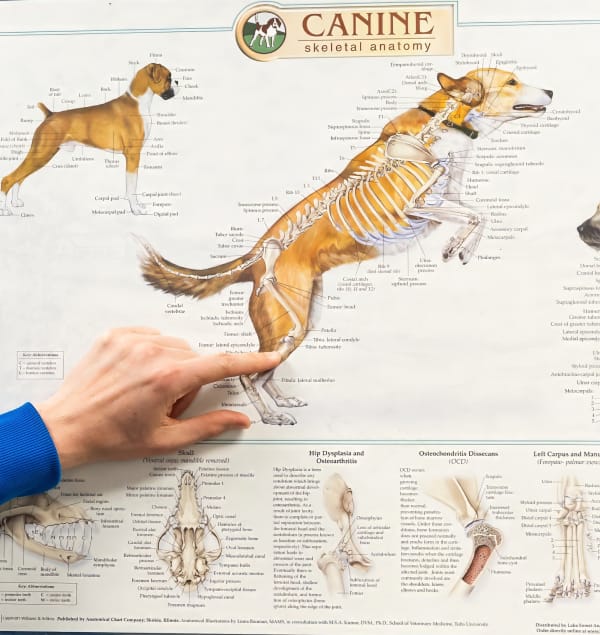
Chronic limping leads to joint degeneration.
Ongoing instability puts stress on the knee, increasing pain and accelerating arthritis in the joint.
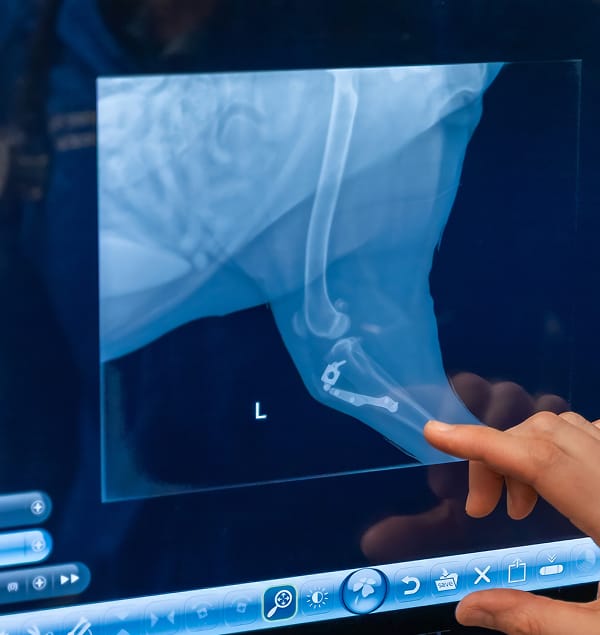
Early correction means a smoother recovery.
Addressing the issue before it worsens helps protect the knee and reduces future complications.
What to expect before & after surgery
From initial consultation to full recovery, we provide clear guidance and support at every step to ensure the best outcome for your pet.
-
Before Surgery
Your general care vet performs a pre-surgical workup to assess your dog’s condition, helping ensure they are ready for the procedure.
-
Surgery Day
We bring expert orthopedic surgery to trusted veterinary clinics in Tri-Cities and Spokane.
-
Recovery Process
Follow-up check-ins at 2, 5, and 8 weeks help monitor healing and ensure a smooth return to normal activity.
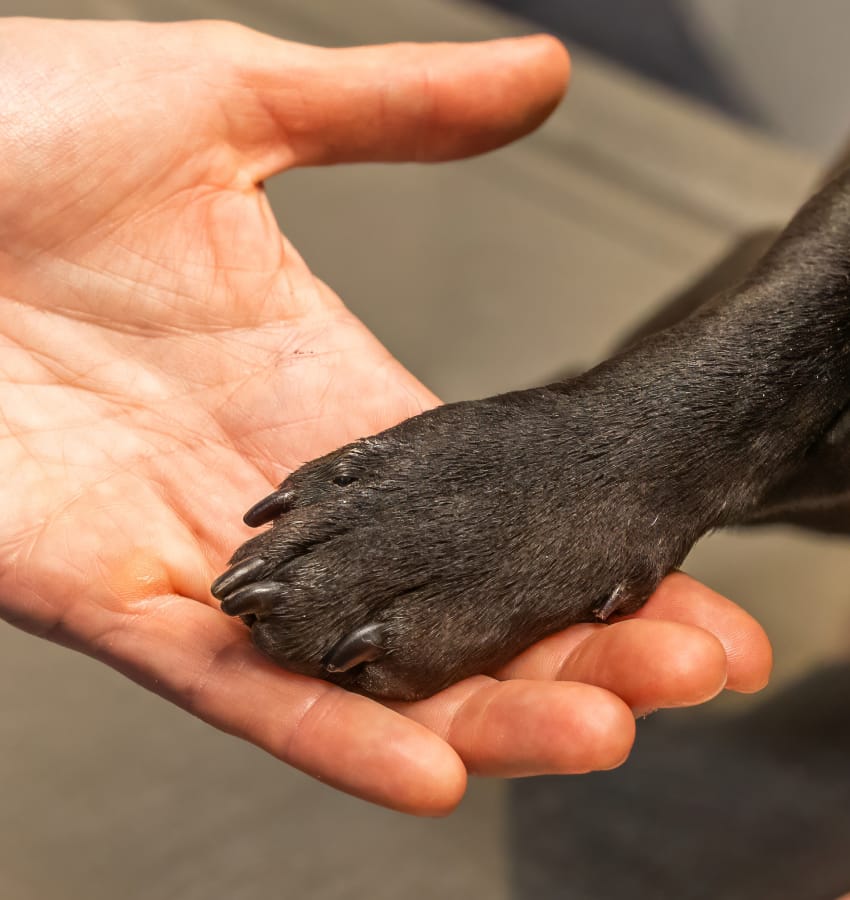
We provide a better experience for you & your pet.
We make orthopedic surgery easier for pets and their people. Get clear, compassionate care tailored to your pet’s needs.
-
Orthopedic only – We don’t offer general care—just targeted procedures.
-
Cost-conscious care – High-quality treatment without inflated pricing.
-
We come to you – Surgery is done at trusted clinics near you.
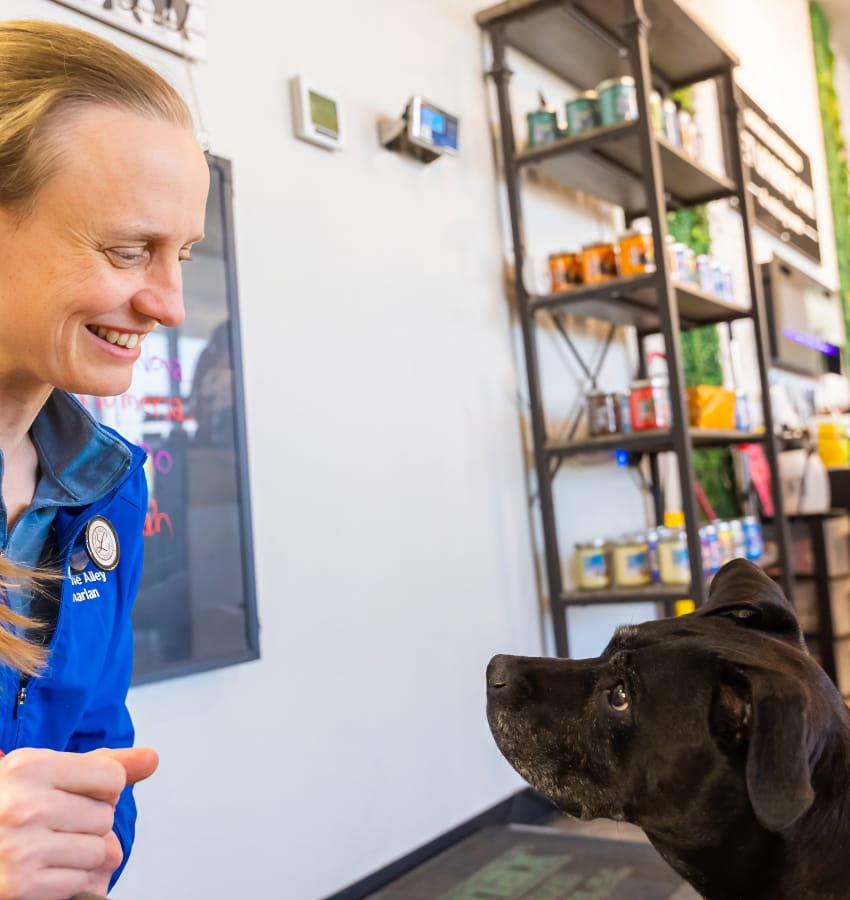
Still have questions?
We’ve got answers.
If your vet mentioned patellar luxation, you probably have questions. These common answers can help you feel more confident about your next steps.

